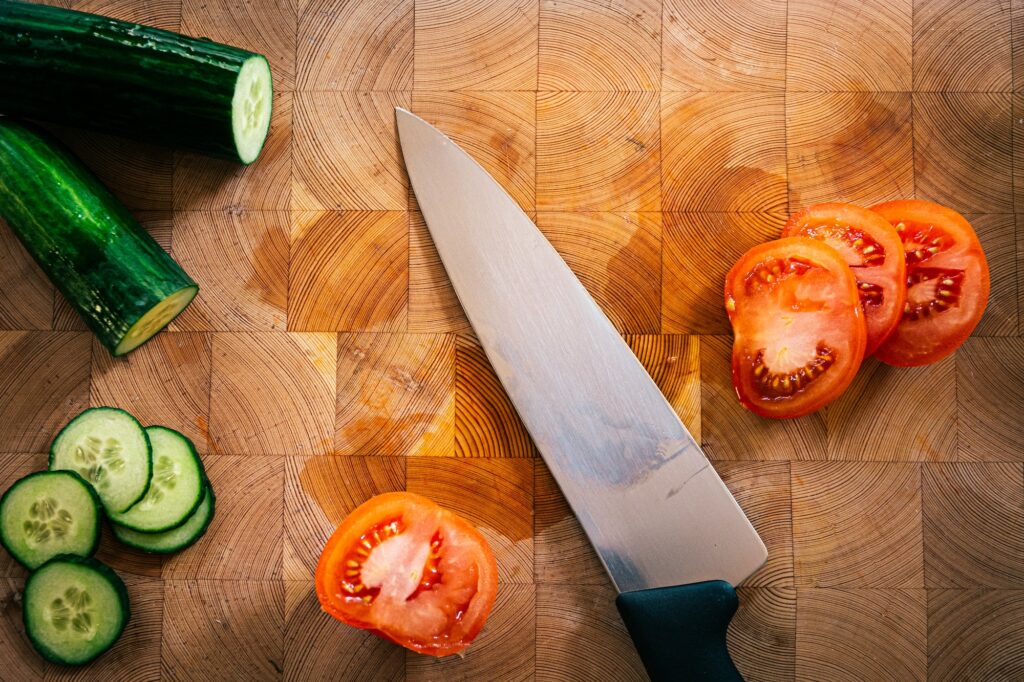Wooden cutting boards are cherished in every kitchen for their durability, aesthetic appeal, and functionality. However, one common issue that kitchen professionals often face is how to keep wood cutting board from cracking. Cracking can not only ruin the appearance of your cutting board but can also harbor bacteria, making it less safe for food preparation.
In this article, we will delve into the reasons why wood cutting boards crack and share practical tips on how to maintain them effectively. We'll discuss the right materials, oils, and maintenance practices to ensure longevity and usability of your cutting board.

The Importance of Maintaining Your Wooden Cutting Board
Your wooden cutting board is an investment in your kitchen that requires proper care. Regular maintenance not only prolongs its lifespan but also promotes hygiene. Wooden boards are less likely to dull knives, which means less effort in food preparation.
However, neglecting maintenance can lead to several issues, including cracking, warping, and mold growth. Thus, understanding how to keep your wood cutting board from cracking is essential for any kitchen professional.
Why Do Wooden Cutting Boards Crack?
Several factors contribute to the cracking of wooden cutting boards:
- Moisture Levels: Wood is porous, meaning it absorbs and releases moisture. Variations in humidity can cause the cutting board to expand and contract, eventually leading to cracks.
- Drying Out: If a wooden cutting board is left dry for extended periods, it can lose its natural oils, making it brittle and prone to cracking.
- Improper Cleaning: Excessive soaking, using harsh detergents, or placing it in the dishwasher can strip the cutting board of necessary oils.
Essential Steps to Prevent Cracking
Learning **how to keep wood cutting board from cracking** involves multiple steps. Here are a few practices you can incorporate into your routine:
1. Regular Oiling
Oiling your cutting board is one of the most effective ways to keep it hydrated and crack-free. Use food-safe mineral oil or a special cutting board oil. Apply a thick layer, let it sit for a couple of hours, and wipe off the excess. This practice should be done every month or whenever you notice the board starting to look dry.
2. Proper Cleaning Techniques
After using your cutting board, clean it with warm water and mild soap, then dry it immediately. Avoid soaking it, as extended water exposure can lead to significant damage. For deep cleaning, you can use a mixture of vinegar and water to disinfect without harming the wood.
3. Avoid Extreme Temperature Changes
Do not expose your wooden cutting board to extreme heat or cold, which can result in warping or cracking. For instance, do not place a hot pot directly on a wooden board or leave it outside on a cold day.
4. Store Properly
Storing your cutting board vertically or on a rack helps maintain its shape, preventing warping and cracking. Another tip is to avoid storing it in areas with high humidity, such as near the dishwasher.
Choosing the Right Cutting Board
To effectively prevent cracking, consider the type of wood used in your cutting board:
- Hardwoods: Maple, walnut, and cherry are excellent choices due to their durability and resistance to moisture. They are less likely to crack compared to softer woods.
- End Grain Boards: End grain cutting boards are constructed from small blocks of wood, offering a surface that is gentle on knives and highly resistant to moisture. This design is less prone to cracking.
Common Mistakes to Avoid
As a kitchen professional, avoid these mistakes that can compromise your cutting board's integrity:
- Using Harsh Chemicals: Strong detergents and chemicals can strip the board of its natural oils, making it more susceptible to cracking.
- Ignoring Repairs: Address cracks or deep grooves immediately. Using food-safe wood filler can extend the life of your cutting board.
- Treating It Like Plastic: Dont place wooden cutting boards in the dishwasher or allow them to soak in water. Always treat wood with care.

FAQs
1. How often should I oil my wooden cutting board?
You should oil your wooden cutting board every month. If it starts to look dry, its best to apply some oil immediately.
2. Can I use vegetable oil to maintain my cutting board?
No, it's recommended to use food-safe mineral oil or specialized cutting board oil, as vegetable oils can turn rancid over time.
3. What is the best way to clean my wooden cutting board?
Clean it using warm, soapy water and dry it immediately. For deeper cleaning, use a vinegar and water solution.
As an Amazon Associate, I earn from qualifying purchases.
For more tips on maintaining your kitchen tools, check out this interesting article on cutting board techniques. Additionally, you may find resources on cutting board safety helpful.
Further tips can also be found regarding cutting board materials or how to choose cutting boards.
For more expert advice on maintenance, consider making your own cutting board.


























